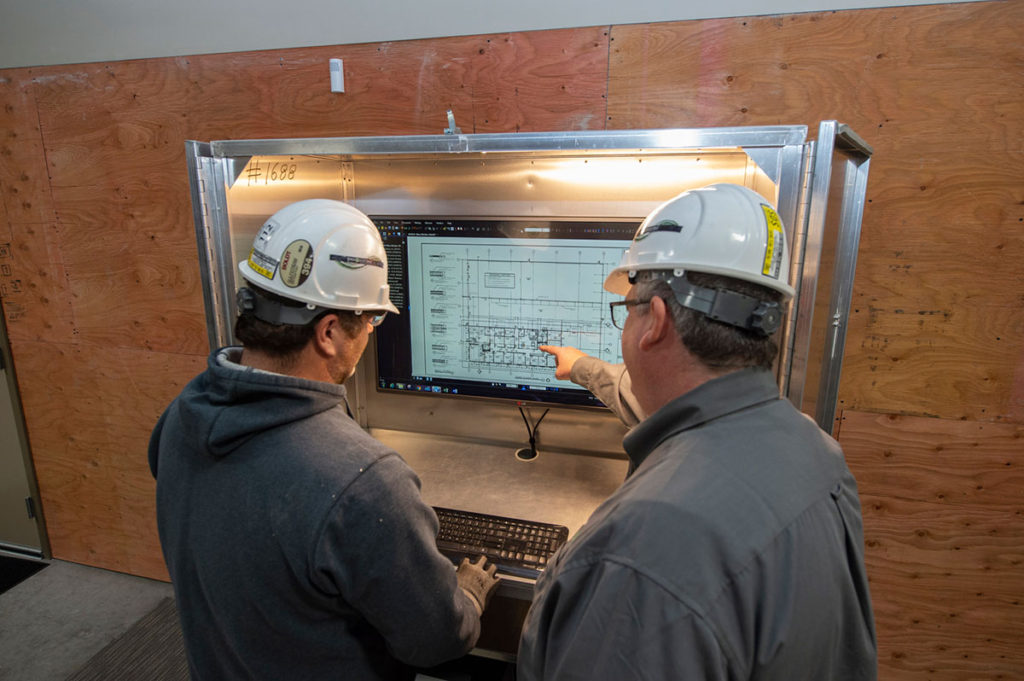Optimal Tactics for Positioning Security Cameras to Improve Monitoring Efficacy
Optimal Tactics for Positioning Security Cameras to Improve Monitoring Efficacy
Blog Article

Placing surveillance cameras effectively is essential for enhancing monitoring in various settings, such as residences, businesses, as well as community areas. The primary objective of surveillance cameras is to discourage crime while also provide proof during case of events. To achieve this, it is important to consider several elements, including surveillance camera placement, range of view, as well as the specific areas that need oversight. By understanding these factors, people and entities can create a thorough surveillance strategy that maximizes the efficacy of their surveillance solutions.
One of the first actions in positioning surveillance systems is to determine key areas that require surveillance. Vulnerable zones, such as entry points, exits, vehicle lots, as well as areas with high-value assets, must be prioritized. It is important to take into account areas not visible, which may be areas that might not be visible from specific angles. By charting out these key locations, surveillance personnel can ensure that all nook is observed, minimizing the chances of illegal activity going undetected. Additionally, placing surveillance systems at strategic locations can assist form a complete view of the property, allowing for improved overall security monitoring.
The viewing angle of a security camera is another important element to take into account. Different types of surveillance systems offer different fields of view, that can influence how many area gets captured in the footage. For example, wide-angle systems can cover bigger areas, making them perfect for open locations, while PTZ systems can be adjusted to wikipedia reference focus on particular details. When positioning surveillance systems, it is essential to choose the right type based on the location being monitored. This ensures that the system can record sharp images and offer important information in the event of an occurrence.
Height and angle of installation also have a crucial part in the efficacy of security cameras. Cameras must be installed at a level that is out of reach of potential interference but also enables for unobstructed visibility of faces and other recognizable details. A typical recommendation is install systems at least 8 to ten feet off the ground. Additionally, the angle at which the system remains positioned can impact its ability to capture crucial information. Cameras must be tilted to reduce glare and avoid obstructions, guaranteeing that they can capture sharp footage at all moments.
In conclusion, routine maintenance and updates to the security system are essential for long-term efficacy. This entails checking camera performance, cleaning optics, and ensuring that firmware remains up to date. Regular assessments of the surveillance strategy can assist detect any new blind spots or locations that may need extra coverage. By staying vigilant and implementing required adjustments, people as well as organizations can enhance their monitoring efficacy and ensure that their security systems continue to serve their intended function.